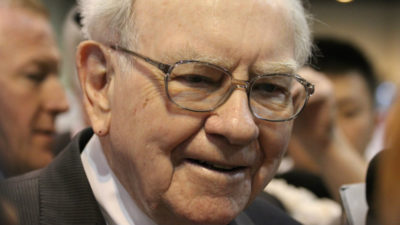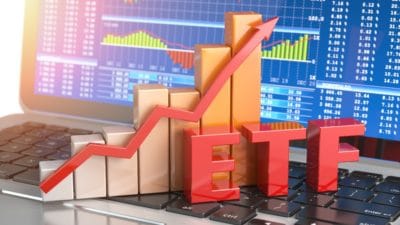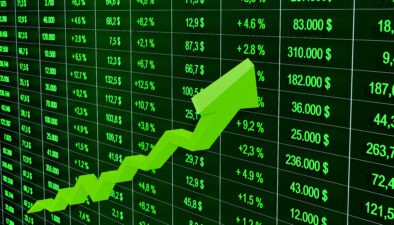At any point in time, you have three investment choices–buy, hold, or sell. Some people are afraid of a market top and contemplate what to do if it occurs. In fact, a friend of mine has sold all but a couple of his positions from the stock market and is waiting for the arrival of the big fall.
What should you really do if you’re afraid of a market top and anticipate a fall that leads to cheaper prices?
Here are several things to think about.
Do you need the money?
Do you need any of your invested capital anytime soon, say in the next year or two? If you do, you probably shouldn’t have that amount invested in the market. If the market drops when you need the money, you will have to take losses.
To determine which positions to sell partially or fully, look at your portfolio as a whole. Are you comfortable with how much you have allocated to each company or sector? If not, you can look for rebalancing opportunities to reduce your exposure to specific companies or sectors.
You can also look at individual companies to see if any are overpriced and take some profit if you feel the need to.
What if you need the income?
Retirees or near retirees might need their investment income to help pay for groceries, utilities, or even a vacation. In that case, it would not make sense to sell even if the market does top because many of their dividend investments, which could potentially be iShares S&P TSX Capped REIT Index Fund (TSX:XRE) or Royal Bank of Canada (TSX:RY)(NYSE:RY), offer higher income than quality bonds and high-interest savings accounts.
The fund yields 5.1%, and Royal Bank, Canada’s largest bank, yields 4.3%. Unless investors know of a cheaper security with the same kind of yield and quality, there’s no reason to sell.
Investors who are not near retirement might also need their investment income to complement their job’s income. They count on generating a certain portfolio dividend yield, which is expected to grow at a certain rate.
For example, it’s not farfetched to build a diversified portfolio with a 3% yield and expect that yield to grow 6%. One can even push for a 4% yield to start. If each quality company is bought at a fair valuation, the return would approximate 9-10%.
So, if $5,000 were invested every year for 10 years, it’d turn to $82,800-87,655. And in 20 years, it’d turn to $278,822-315,012. And in 30 years, it’d turn to $742,876-904,717. This assumes that the gains earned from the investments are reinvested for the same rate of return.
Given that you buy at good valuations, the longer you stay invested in quality companies, the higher your portfolio returns will be over time (excluding temporary market dips, such as the recession that was triggered by the financial crisis in 2008-2009).
Conclusion
If you have a long investment horizon, it doesn’t make sense to sell out of the market. The market is where we can get higher returns compared to bonds and high-interest savings accounts.
One fears a market top because of the fall that will inevitably occur. We all know it will happen, but no one knows when.
So, don’t be scared out of the market because of something we can’t control. Instead, focus on what we can control, which is how much cash we should hold for our needs, and maintain a portfolio that we’re comfortable with by rebalancing it if needed.
On top of that, focus on investing in quality companies and buying them only when they’re at fair valuations or, better yet, priced at discounts.
If you’re really concerned about a market top, build a larger-than-normal cash position. Selling out of the market is not the solution. Some have tried and missed income and growth opportunities and ended up buying higher with higher risk.
 Act Fast: 75 Only!
Act Fast: 75 Only!







